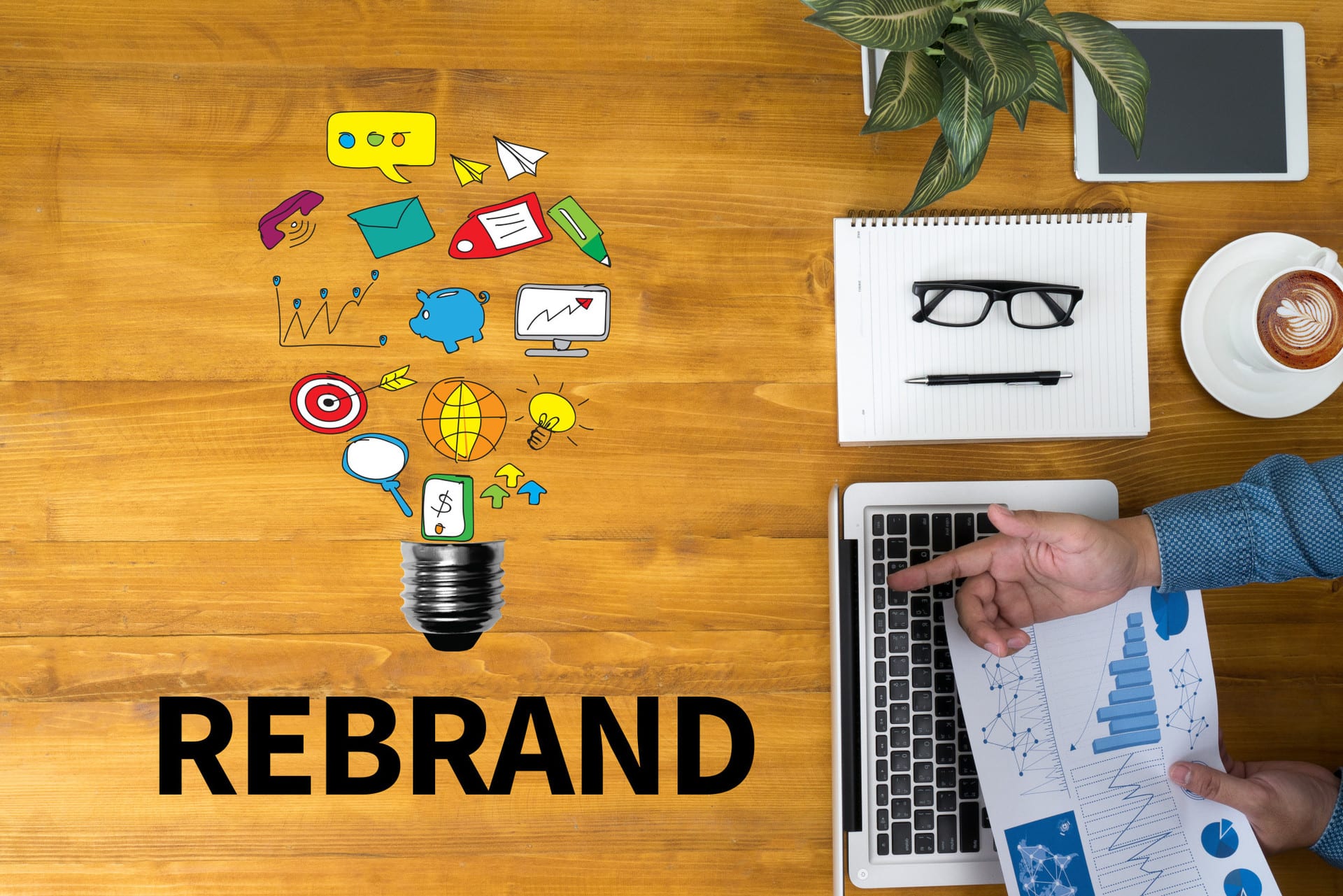In front of you are two boxes of the same cereal. One package is simple and white while the other is bright red. Which cereal would you buy?
The packaging color might affect your decision more than you think.
How do companies choose appropriate and customer-enticing brand colors?
Boost your product and promote your brand using simple color psychology. Keep reading, and we’ll break it down.
What Do Brand Colors Mean
The colors of brands and packaging have subconscious meanings in our minds. Certain colors represent certain feelings, and some colors, like pink, can even affect our moods. The study of colors and their emotional association is known as color psychology.
The Color Psychology of Branding
It may sound crazy, but some colors are actually viewed as more trustworthy. Knowing proper color psychology can make or break your brand’s marketing strategy. You wouldn’t want to choose an angry, aggressive color to market a soothing product.
Here we’ll list the common types of brand colors and how they may influence consumers.
Red
The color red is most associated with energy, excitement, love, and passion. People can also interpret red as dangerous and aggressive. Red is a powerful branding color when used correctly.
Orange
Orange is optimistic, fresh, and impulsive. Orange is less traditional in branding than red, blue, and black, making it an excellent color for standing out in a crowd.
Yellow
Consumers view yellow as youthful, playful, and happy. Yellow products are viewed as optimistic, but the wrong shade may harm consumers’ perception of your brand. Yellow is popular with food companies.
Green
Green represents balance, growth, and sustainability. It can also connotate wealth and prestige. Green is popular in eco-conscious brands and brands promoting a unique experience.
Blue
Blue is the most trustworthy branding color. Brands most often use blue to promote long-term investment items, security, and technology. Blue makes people feel strong and safe.
Purple
Purple symbolizes creativity, passion, and wealth. Like orange, it is a relatively uncommon branding color associated with youth and individuality.
Pink
Pink most notably represents the feminine. Brand use pink most often to project a sensitive, gentle, and warm approach. Pink makes people feel calmer.
Brown
Brown is realistic and patient. It is the most down-to-earth color, making it popular for natural and organic products. Brown is not particularly eye-catching or motivational, but it is comfortable.
White
White is clean, simple, and optimistic. It represents innocence and ingenuity. White is a popular color in both technology and beauty products.
Black
Black is one of the best brand colors. Black is sleek, elegant, and formal, making it a popular choice for website design. It can be luxurious or edgy and alternative, depending on other brand elements.
How to Choose Brand Colors for Your Brand
Consider the above list of colors and their psychological connections in relation to your brand. Your brand logo is the face of your company.
Choosing colors for your brand will help you make the right first impression. For example, blue, black, and white are strong brand colors to choose for a financial security product. Your consumer will feel that the logo is serious, trustworthy, and optimistic.
Orange, yellow, and red may be too excitable and unpredictable for marketing a safe, secure product. Consumers are less like to believe the claims of a red or orange company.
Coloring Your Future
Brand colors matter because they can be immensely helpful or harmful for brand marketing. There’s no reason to fear; using color psychology to your advantage will be sure to give your brand a boost!
Are you ready to discover the best colors and web designs for your company? All My Web Needs is happy to help! Contact us today to get started building your dreams!










